From Malcolm (ESA), NL, 13 May
While there are still several teams on the ground finishing off their measurements, the successful ASIRAS flight over T15 on the Greenland ice cap this past Monday following the royal visit on Sunday marks the official end of the ESA CryoVEx campaign for 2011.
This has been a remarkable campaign in many ways. One element that comes to my mind is the sheer size of the effort. At times, we have had up to 50 scientists working on land ice or on sea ice across the Arctic, taking dedicated measurements from the air and on the ground – all contributing to CryoSat validation.
In addition to a ship or two lodged in the sea ice supporting teams on the ice, there were occasions during the campaign when up to four planes were in the air at the same time moving across the ice like a performance of aerial ballet making coordinated measurements of ice conditions below.
It was fantastic to see, for instance on April 15, the combined flights of the NASA IceBridge team, the DTU-team and their Norlandair Twin Otter with ASIRAS on-board and the AWI Polar-5 with EM-Bird coming together.
Another personal highlight was my visit to T15 this past Sunday with high-ranking representatives from ESA, University College London, WWF-Netherlands, Oil and Gas Industry and the Dutch Royal Family.

HRH Prince Willem-Alexander of the Netherlands (right) being met by Santiago de la Peña on the Greenland ice cap (credits: V. Liebig)
It provided a unique opportunity to illustrate vividly on-site the scientific goals of the CryoSat mission and environment that the satellite is now measuring so precisely from space.
It also highlighted the role of ground and airborne measurements in ensuring that the maps generated by CryoSat will be of unprecedented accuracy. These ensure a better monitoring of changing polar ice conditions and provide a better understanding of long-term trends.
The fact that the campaign worked out so well is a tribute to the dedication of the CryoVEx teams and their efforts in the field, and to the excellent collaboration and coordination between ESA, NASA, airborne and ground teams.
Lastly, the first-ever ESA blog for a campaign – maintained by our indefatigable Honora Rider – provided the opportunity for all participants to share their work and experiences on the ice.
I would like to thank all my ESA colleagues and campaign participants for your contribution and for your hard work. The next steps in analysing the data and putting the results together should be very exciting and valuable indeed.
I sign off with a few photos containing some of the highlights of the CryoVEx campaign.

Christain Haas from the University of Alberta looks forward to the next campaign (credits: J. Bekers)
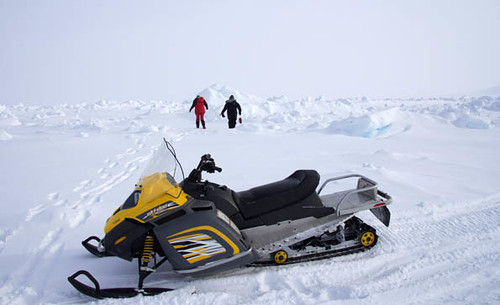


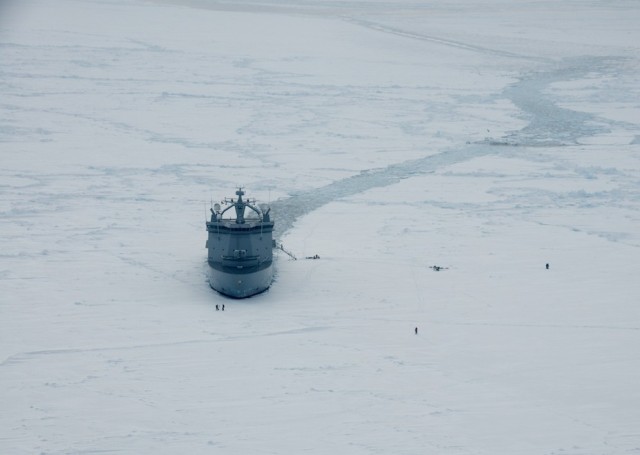
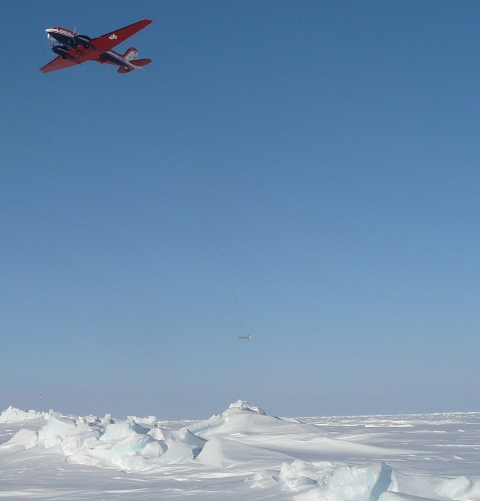
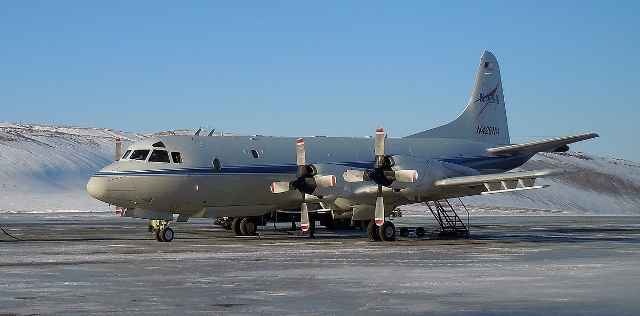
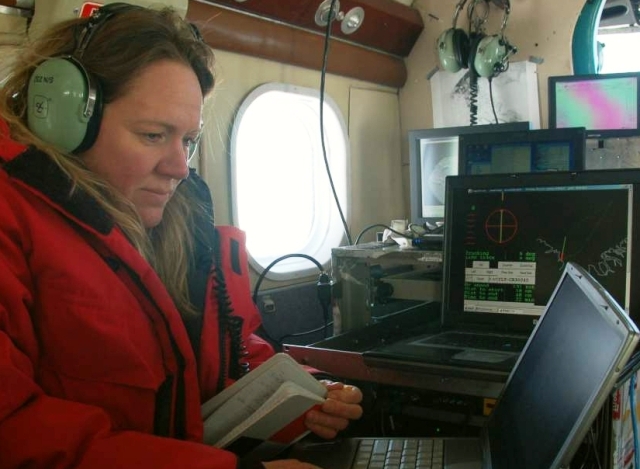
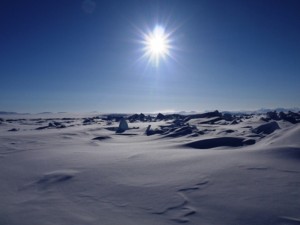

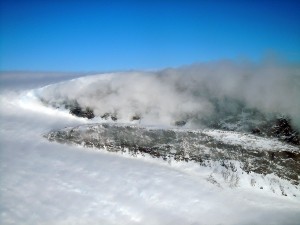
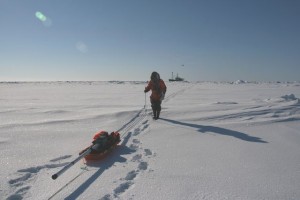


Discussion: no comments